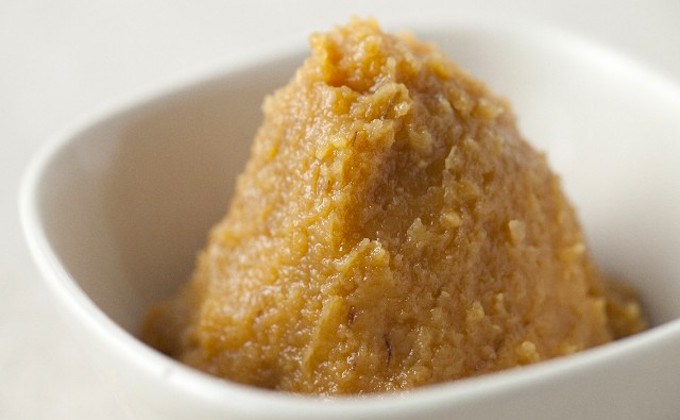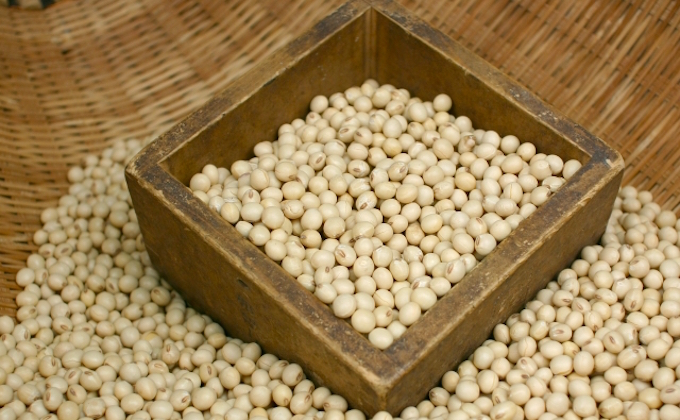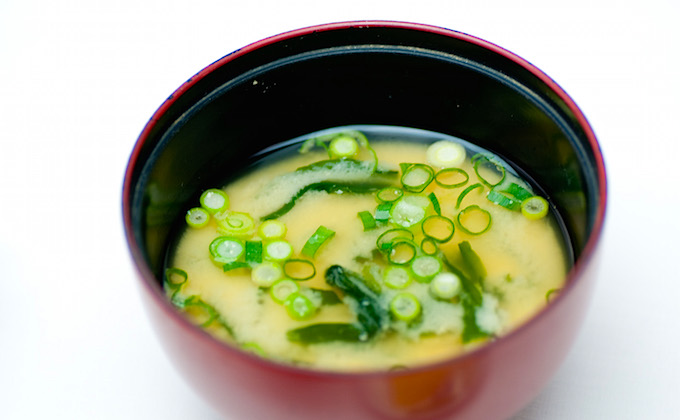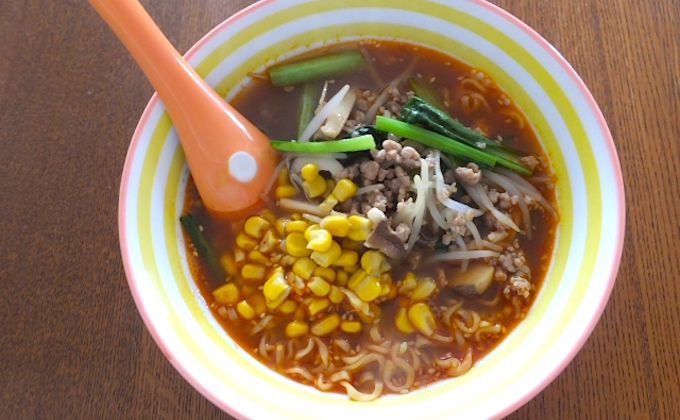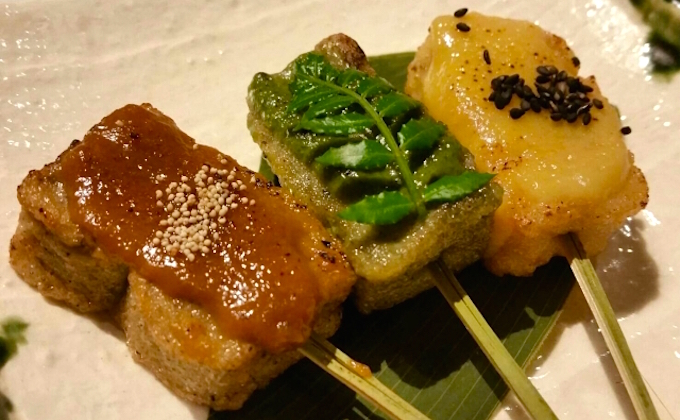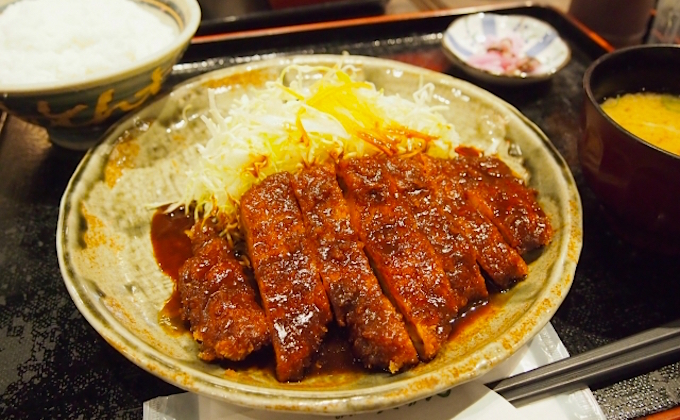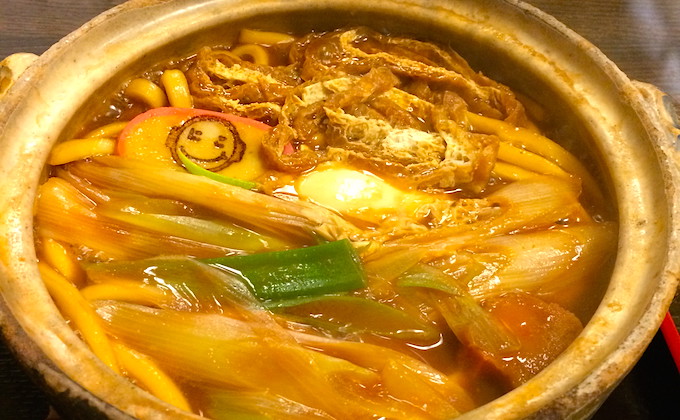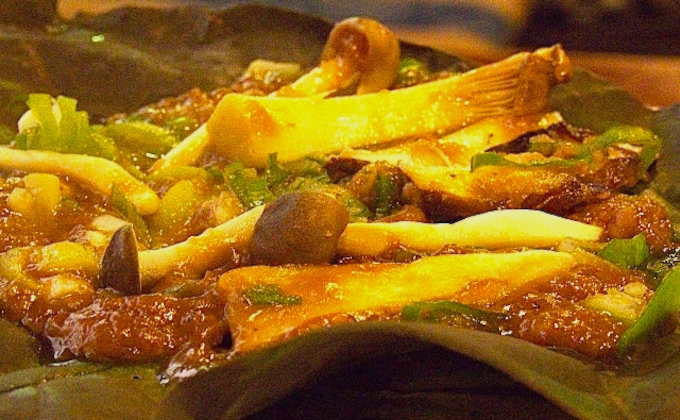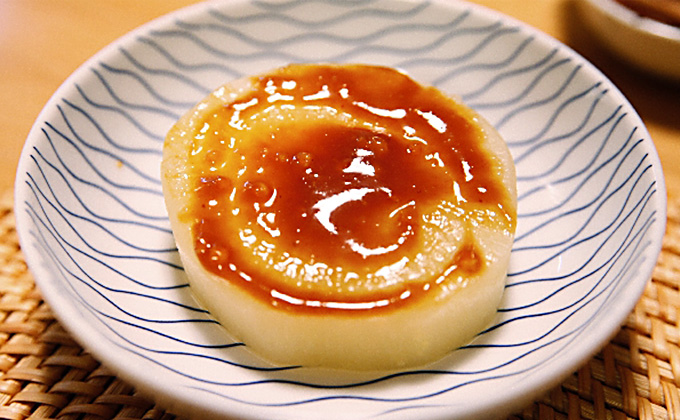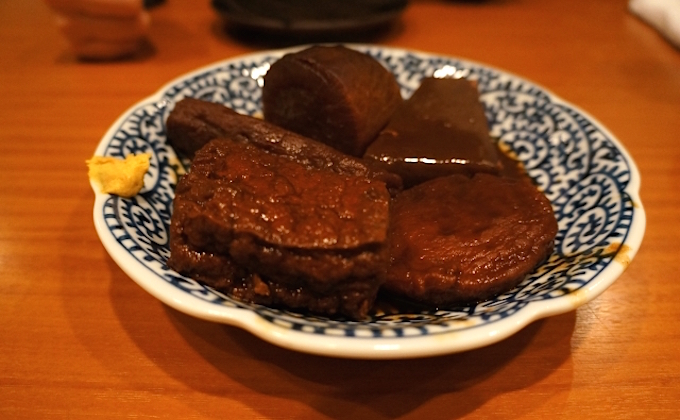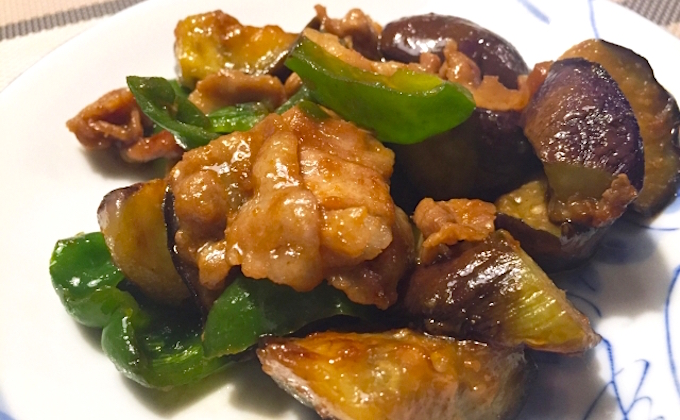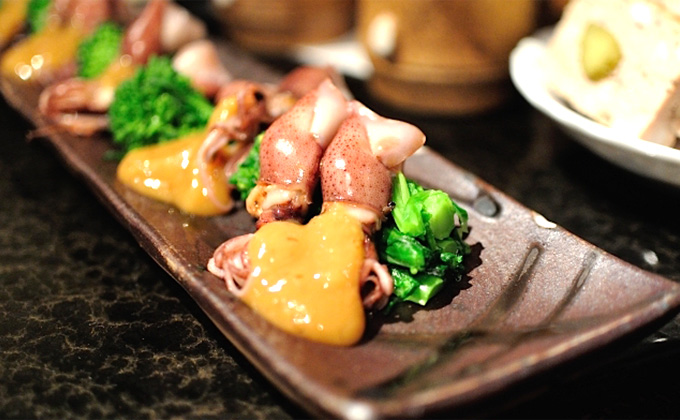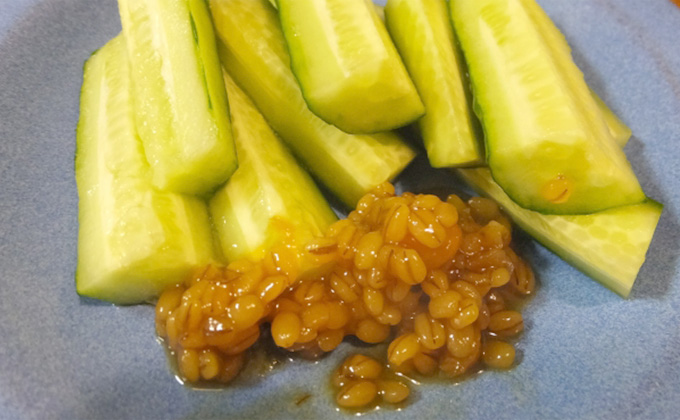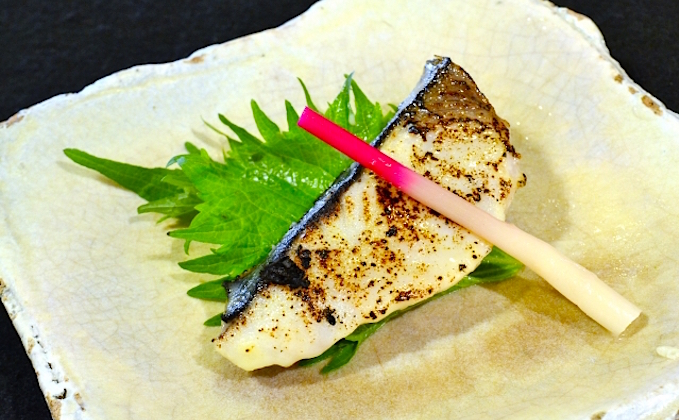TRG Info and Advice
Miso
History of Miso
Miso originated from hishio (a paste similar to present-day, miso made from koji malt and salt water), which was imported from ancient China via the Korean Peninsula in the Asuka Period (at the end of the 6th Century). The current word for miso, written with the present characters, first appeared in a book from the Heian Period (794-1185). Around that time, miso started to be produced using methods original to Japan and people ate it as a dip, or just straight, rather than as a seasoning, as is common today.
Miso was, however, a luxury food consumed by nobles or Buddhist monks at temples, and was not available to common people. In the Kamakura Period (1185-1333), the mortar was introduced to Japan by Buddhist monks. People found out that ground miso easily dissolved in water, and miso started to be used for soup. The creation of miso soup helped establish a simple Japanese meal known as “Ichiju Issai,” (which literally means “soup plus one” or “one dish meal”) consisting of soup, a vegetable dish, pickles and rice.
The most widely available varieties of present-day miso were developed during the Muromachi Period (1392-1573), when the production of soybeans (which are the main ingredient of miso) increased, and homemade preparation of miso flourished among farmers. The use of miso as a preserved food began to spread even to the point that, during the Sengoku Period (the end of 15th Century to the end of 16th Century), warriors carried miso as a combat ration.
At that time, miso was both an essential seasoning and a valuable source of protein. It was a long-lasting, nutritional food, and people used to dry or bake it so that they could carry it with them easily.
In the Edo Period (1603-1867), the population of Edo reached 500,000, and the demand for miso rapidly increased. Miso was delivered to Edo from Mikawa (present Aichi) and Sendai (north of Tokyo). The restaurant industry, too, began to flourish at the same time various dishes using miso appeared. Miso soup became common for ordinary people, and miso, as a staple, started taking root in everyday lives.
What is miso?
Miso is a traditional food which has supported the Japanese diet for over 1,300 years. It is a paste-type seasoning made from steamed soybeans and rice or barley, which is mixed with salt and koji mold and then fermented.
Rice miso (kome miso) and barley miso (mugi miso) are made by adding rice koji mold or barley koji mold, respectively, to soybeans. Miso made with koji mold solely made from soybeans is called soybean miso (mame miso). A wide variety of miso is manufactured all over Japan, in methods and combinations of ingredients suitable to the climate of each region. Rice miso is produced nationwide, and barley miso is mainly produced in the Kyushu Region. Soybean miso is centered in the Tokai Region.
The taste of miso consists of a complicated combination of sweetness, saltiness, umami (savoriness), sourness, bitterness, astringency, and other factors. The more rice koji mold the miso contains, the sweeter the taste, while the saltiness is determined by the ratio of koji mold to salt. The umami of miso is influenced by amino acids (mainly the monosodium glutamate [MSG]) generated when soy proteins are broken down), so the longer matured, the stronger the umami. Umami, however, is not created solely by glutamic acid, but is formed by a harmony of saltiness, sourness and sweetness, and by the addition of good aroma and appropriate viscosity. When miso has matured and the soybeans are completely broken down, it becomes mellow and has a deep, rich flavor.
Miso is categorized by its color: reddish/dark brown miso, pale-colored miso and white or yellow miso. The color depends on various factors such as what kind of soybeans are used, whether soybeans are boiled or steamed, how much koji mold is used, and whether the miso is mixed during fermentation.
Miso Dishes
Miso Soup
Miso soup, along with rice, is a staple food for the Japanese. It is made by first making a dashi broth, then adding vegetables, tofu bean curd, seaweed, seafood, seasonal ingredients and other local specialties. Once everything is cooked, miso is added and dissolved in the soup. Miso, itself, is very nutritious, making miso soup a healthy dish because you can take in both the nutrition of the ingredients in the soup and the miso. There are many kinds of miso, with a variety of colors and tastes all over Japan, and thus, miso soup varies in each area. Miso soup is considered to be high in sodium, but compared to other foods, the ratio of salt is, actually, relatively low. Moreover, if you eat miso soup with food which contains potassium, that mineral helps to discharge unnecessary salt from the body. Therefore, miso soup with shijimi clams and tofu bean curd, both of which are high in potassium, is a very balanced dish.
Miso Ramen (Chinese noodle soup)
Miso Ramen is a Japanese noodle soup flavored with miso. Among ramen varieties, miso ramen is relatively new; created in Sapporo, Hokkaido at the beginning of the 1960’s. Demonstrations of miso ramen preparation were shown at exhibitions of Hokkaido products in the department stores of Tokyo and Osaka in the middle of the 1960’s. Later, a restaurant chain called “Dosanko Ramen” started franchising miso ramen nationwide. At the same time, miso-flavored instant ramen went on sale, and as a result, miso ramen became better known and popular. Miso ramen is known as a Hokkaido local specialty that is available anywhere in Japan. The most popular and common toppings for miso ramen are corn, bean sprouts and stir-fried pork belly.
Miso Dengaku
Miso dengaku consists of tofu, konnyaku devil’s tongue, eggplant or taro potatoes on skewers, topped with a pasty mixture of miso, sugar and mirin sweetened sake, then garnished with yuzu Japanese citron or kinome herb. The white tofu on a skewer looks like a dengaku hoshi (a priest who specializes in dengaku ritual music and dancing) dressed in white hakama pants and dancing on a single stilt, which is why the dish was named “dengaku”. It used to be a winter food eaten to keep warm, but by the middle of the 17th Century, it was quite common as a side for rice and greens at teahouses. In Kyoto, kinome dengaku (dengaku topped with kinome herb-flavored miso) which heralds spring, gained a high reputation. The dengaku skewer was single in Edo, but a forked one was common in Kamigata (Osaka). Dengaku used to be made with tofu, but from the 19th Century, dengaku made from vegetables such as daikon radish, turnips, potatoes and lotus root appeared, and dengaku became a dish made from a variety of ingredients, including konnyaku devil’s tongue, taro potatoes and shiitake mushrooms. At present, the dish is common nationwide, and every region has its own, local version of miso dengaku.
Miso Katsu (breaded pork cutlet with miso sauce)
Miso katsu has its origin around Nagoya City in Aichi Prefecture. In the Mino District, Gifu, and north-east part of Mie, also, many restaurants have miso katsu on their menus. Miso katsu is a version of breaded and deep-fried pork cutlets served with a miso sauce that is made from thick and dark-colored mame miso (haccho miso), and supplemented with restaurant-original ingredients such as bonito stock and sugar. Miso katsu is a daily household dish, and sometimes used in the form of katsu-don (bowls of rice topped with pork cutlet) or in cutlet sandwiches. Apart from the Tokai Region (which includes Aichi, Gifu and Mie) the term “pork cutlet” usually refers to the type that comes with Worcester sauce. At some restaurants in Aichi, therefore, when ordering pork cutlets, you are asked to specify the sauce.
Miso Nikomi Udon (udon noodles in thick miso soup)
This is a specialty local to Nagoya, Aichi. Udon noodles made without salt are simmered in a broth based on haccho and other types of miso, in an earthenware pot. Miso nikomi udon features a unique stickiness, as fresh udon noodles are used. It takes a relatively short time to simmer (3-4 minutes), and is served boiling hot. The al dente texture of the noodles, and the flavor of haccho miso are its unique features. Miso nikomi udon is cooked with chicken, fried tofu, spring onions, kamaboko fish cake, dried shiitake mushrooms, eggs, and other ingredients, so it is well balanced in terms of nutrition. Nagoya-ites sometimes have a bowl of rice along with their miso nikomi udon. Udon noodles are usually made from flour using saltwater, but the noodles for miso nikomi udon are made using fresh water. This is because for miso nikomi udon, fresh raw noodles must be simmered and the salt in the miso will change the proteins within the flour. Furthermore, simmering the noodles creates a unique texture. The lid of an earthenware pot usually has a hole to let steam out. However, the lid for a miso nikomi pot does not have a hole. This is because the noodles are simmered without a lid, and then, just before serving, an egg is added and cooked with the lid on. That way, the pot is very hot, but the lid is not, which allows the lid to double as a plate for eating noodles.
Hooba Miso
Hooba miso is a dish regional to the Hida region. It is miso grilled over magnolia leaves (hooba). The true origin is not known, but it is said that during winter, frozen pickles taken from pickle barrels were defrosted, warmed and eaten with miso. Magnolia leaves are resistant to fire, and they are a good size for plates. At the end of autumn, when the leaves start falling, they are collected, salted for 3 days, dried in the shade, and then preserved. The winter in Hida is frigid, and the pickles sometimes get frozen, so people used to put a leaf over a hearth in the floor, in order to heat them. Frozen pickles put on the leaf were grilled, and then miso was added and mixed with the pickles. This dish is so nice to have with rice that you may eat any number of bowls of rice. Some people say, therefore, that at homes or in areas where people cannot afford to eat rice, miso is never grilled. Other people say that it used to be the father’s role to put wood on the fire, and it was his privilege to eat the slightly burnt, savory part of miso. Nowadays, Japan’s food culture is getting richer and richer, and it is common to add some vegetables and mushrooms to the miso.
Furofuki Daikon (simmered daikon radish with sweet miso)
Sliced daikon in thick rounds are simmered until tender, then topped with miso mixed with sugar and yuzu Japanese citrus. Sometimes other vegetables such as turnips and wax gourds are used, and then the dish is simply called “furofuki.” There are a few stories about the origin of the name for this dish. One is that, in old times, when people cooled this dish by blowing on it (“fuku,” in Japanese), it looked like a body giving off steam in a steam bath (“furo,” in Japanese).
Miso Oden (hot pot simmered in miso broth)
Konnyaku devil’s tongue, boiled eggs, and various types of fish cakes (including hanpen), are cooked in a haccho miso (dark colored sweet miso)-based broth. Miso oden is one of the typical winter dishes local to Nagoya, and goes well with rice and Japanese sake.
Sumiso-ae (dish dressed with sweetened miso)
This is one of the most popular dishes of Japan in spring and summer, and is also called “nuta”. Sumiso-ae is made from whitefish such as sea bream or sea bass, shellfish, and vegetables such as spring onions, green chives, udo (Japanese spikenard) and cucumbers dressed with miso sauce mixed with sugar and vinegar, or with sugar, vinegar and Japanese mustard. Put sweet white miso (saikyo miso is especially good), egg yolks, sake and mirin sweetened sake in a bowl, and mix them until they are combined well. Strain the mix into a pan and stir-fry it while heating. The finished product is called tama miso. A sauce made by combining tama miso and vinegar is called sumiso, and the one mixed with Japanese mustard is called karashi sumiso.
Morokyu (Cucumber with moromi miso)
This is cucumber served with moromi miso. The name is derived from “moro” of moromi, and “kyu” of kyuri (cucumber). Moromi miso is made up of salted, sugar-added koji mold made from barley, mixed with soybeans and rice, and then aged.
Saikyo-yaki (grilled miso-marinated fish/meat)
Fish or meat is marinated in Kyoto’s special, sweet, white miso-based sauce mixed with other ingredients (including sake, mirin sweetened sake, and koji mold) for a few days. The fish and meat completely absorb the flavor and aroma of the miso marinade. There are saikyoyaki of, not only fish such as Spanish mackerel and black cod, but also meat, tofu and vegetables.
Kaki no Dote-nabe (hot pot with oysters)
This is a local specialty in Hiroshima. Kaki no dote-nabe is a hot pot made with miso spread around inside a pot, with oysters, tofu and vegetables all cooked together. A hot pot with clams and vegetables cooked in miso flavor is sometimes called “dote-nabe” or “dote-nabe style”, but the true form of “kaki no dote-nabe” or simply “dote-nabe” is a hot pot prepared with fresh raw oysters and Fuchu miso (sweet white miso made in Fuchu City, Hiroshima). In old times, a peddler named Kichisuke Dote, who was an inhabitant of Yano Machi, Hiroshima, went to Osaka on business and produced a hot pot, which earned a good reputation. This was the origin of kaki-no-dote-nabe, and the dish was named after its creator. How to make dote-nabe. Prepare an earthenware pot. Pour dashi broth in the pot and spread sweet miso kneaded with mirin sweetened sake around inside the pot. Next, simmer oysters, spring onions and threaded konnyaku (devil’s tongue) in the pot, and season the broth with miso, little by little.
Fukimiso (miso-pickled butterbur sprout)
Chopped butterbur sprout is pickled and let to sit in miso mixed with mirin and sugar. The flavors of butterbur sprouts and miso create a good balance of sweetness and bitterness which goes well with rice. It tastes good spread on rice balls, too. This is a dish only available in spring.






